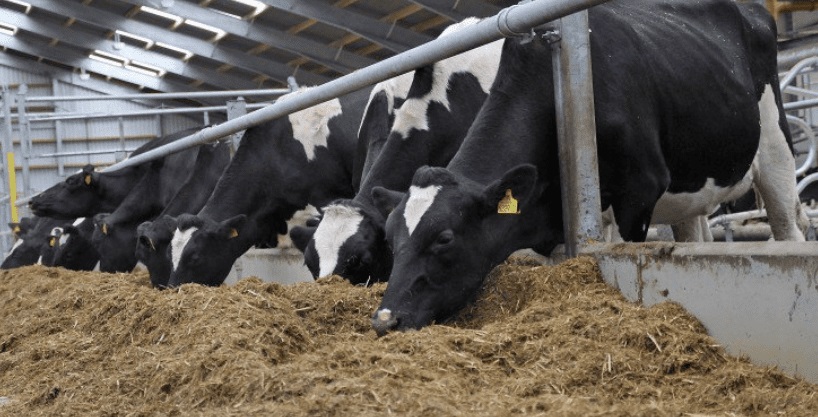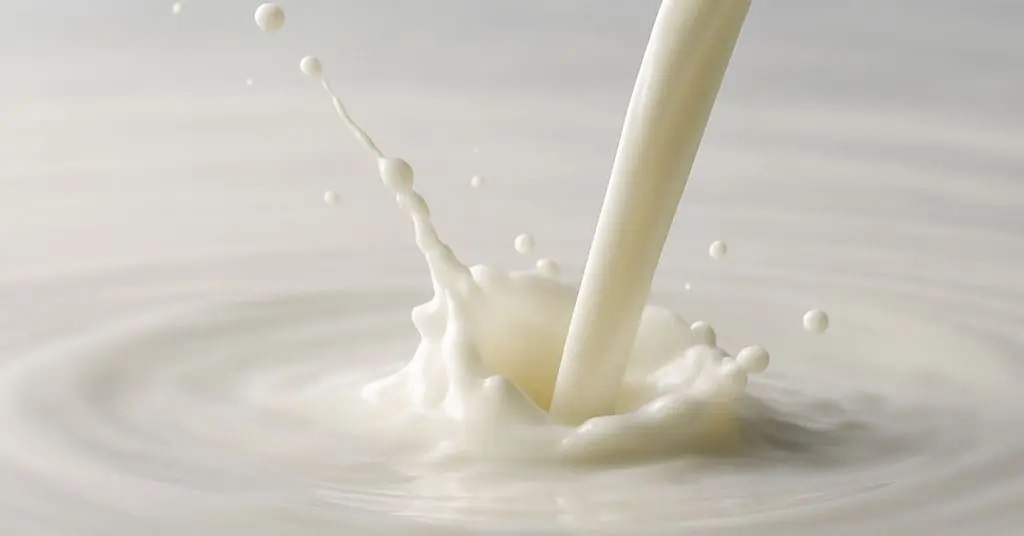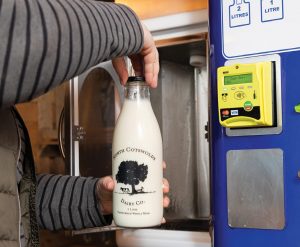
May data reveals fewer dairy cows sent to slaughter, signaling changes in cull decisions and market signals.
The number of U.S. dairy cows culled for beef in May declined year-over-year, reflecting ongoing adjustments in herd management strategies. According to USDA data, about 249,000 dairy cows were removed from production—a drop of 6% compared to May 2023—marking the third consecutive monthly decline in cull numbers.
This shift suggests that producers may be holding onto cows longer, potentially due to improved milk margins or expectations of stronger dairy prices. Regional variations were evident, with some areas seeing more pronounced declines in slaughter figures, tied to local market conditions and feed availability.
Year-to-date totals also reflect the trend, with culling numbers through May running 8% below the same period last year. Industry analysts point to a balancing act between maintaining productive herds and capitalizing on strong beef prices earlier in the year.
Cull rates are a key indicator of herd health, profitability, and overall supply dynamics in the dairy sector. Lower cull numbers may signal optimism, but they could also lead to oversupply pressures if milk demand does not keep pace.
The outlook will depend on a mix of milk price forecasts, input cost trends, and beef market fluctuations. Close monitoring of slaughter rates remains critical for both dairy and beef market analysts tracking supply-side signals.
Source: Progressive Dairy – Read the full article here
You can now read the most important #news on #eDairyNews #Whatsapp channels!!!
🇺🇸 eDairy News INGLÊS: https://whatsapp.com/channel/0029VaKsjzGDTkJyIN6hcP1K




















